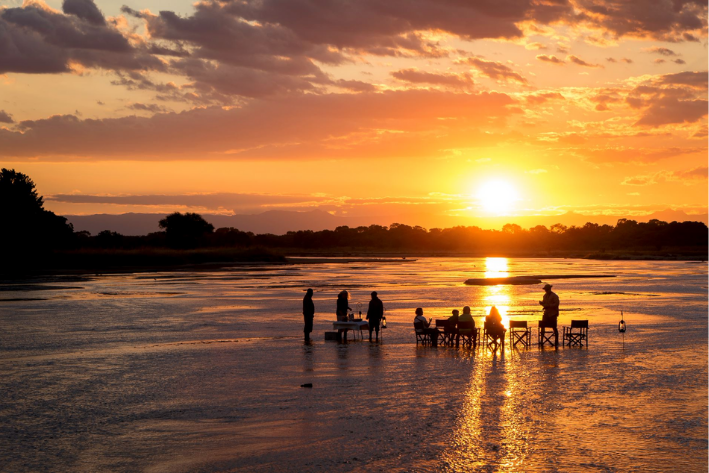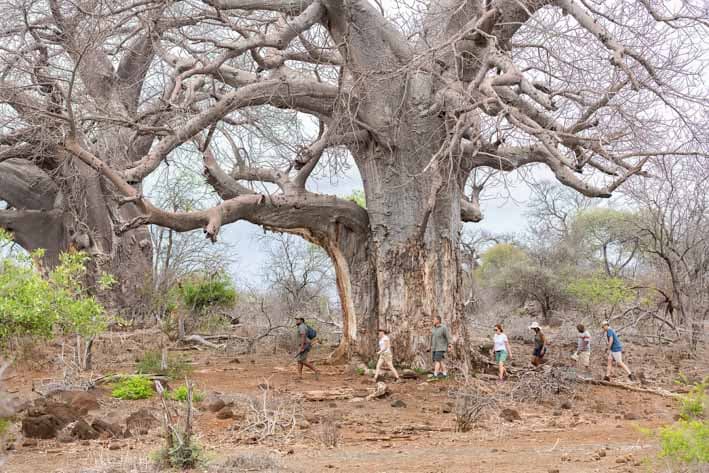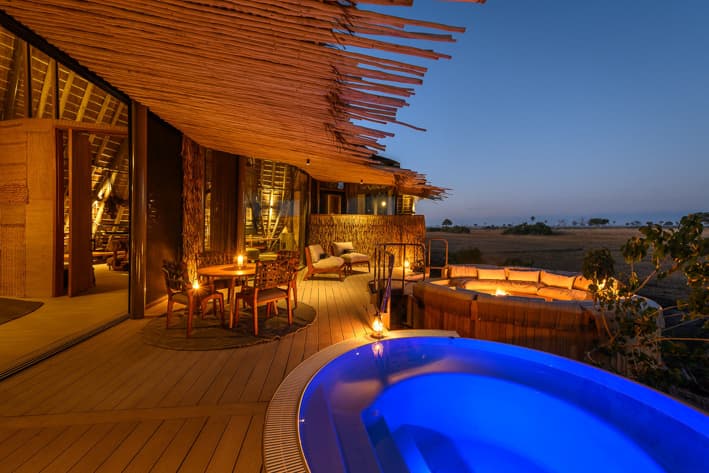Mana Pools - Zimbabwe
Uncovering the magic of Mana Pools in Zimbabwe
Explore Zimbabwe’s most iconic wildlife reserve – Mana Pools National Park. It’s one of the wildest parks in Africa and a World Heritage Site to boot…
With stunning views out over the mighty Zambezi River and the mountains of the Lower Zambezi escarpment, Mana Pools is where earth, water, and sky come together in a mesmerizing melting pot of pure safari magic. Its vast, forested floodplains are filled with a rich diversity of wildlife species and offer thrilling game viewing whether you’re on foot, on an open game vehicle, or out on the river.
Make no mistake, Mana Pools is wild! And remote. This wonderful combination results in some of the best wilderness experiences in Southern Africa, complemented by healthy populations of iconic species like elephants, lions and painted wolves (African wild dogs) and more than 350 bird species.
Located in northern Zimbabwe on the southern banks of the Zambezi in the Lower Zambezi Valley, Mana Pools is named for the Shona word for “four” and refers to four large pools – remnants of oxbow lakes – formed by the Zambezi as it has changed its course over countless millennia. Today, the river at Mana is wide and lazy, thanks to its flow being controlled upstream by the Kariba Dam and downstream by the Cahora Bassa Dam in neighboring Mozambique. Forming a natural border between Zimbabwe and Zambia, the river is dotted with islands and massive sandbanks and flanked by stands of tall ebony, mahogany, and winterthorn trees, it’s canoeing heaven and perfect for river-based safaris.
In 1984, along with the neighboring Sapi and Chewore safari areas, the 219,600-ha park was inscribed as a UNESCO World Heritage site that covers a total area of 676,600ha (6,766 square kilometers). This was in recognition of its pristine wilderness status, ecological importance, and incredible natural beauty. In 2013 Mana Pools has also designated a wetland of international importance by the Ramsar Convention, acknowledging the role it plays as a waterfowl habitat.
These global accolades have helped to secure Mana Pools’ reputation as one of Southern Africa’s “must-visit” conservation areas and a “bucket list” safari destination.
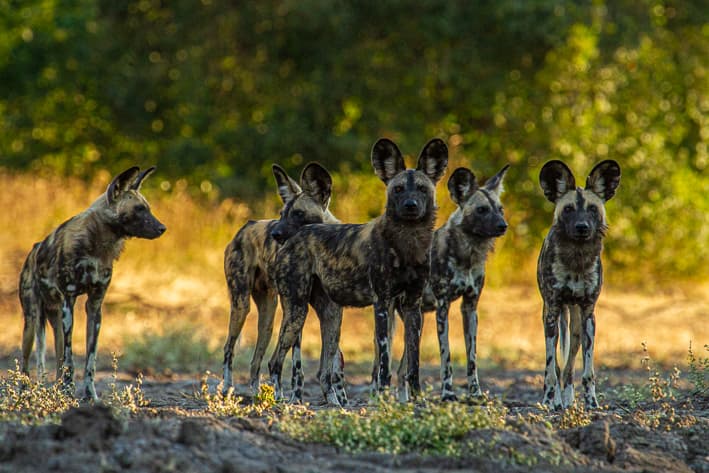
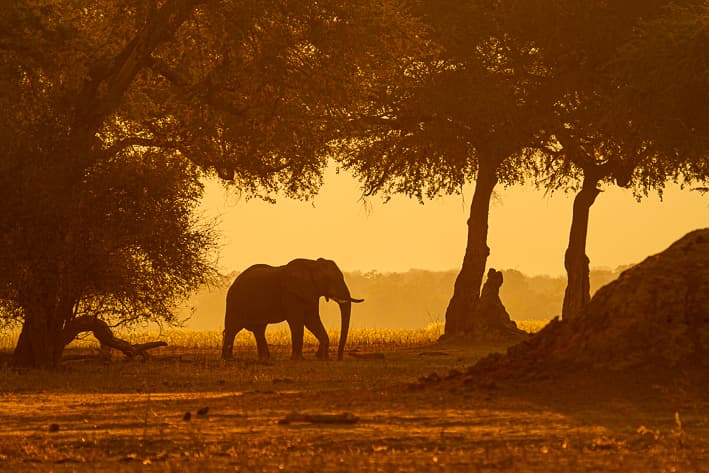
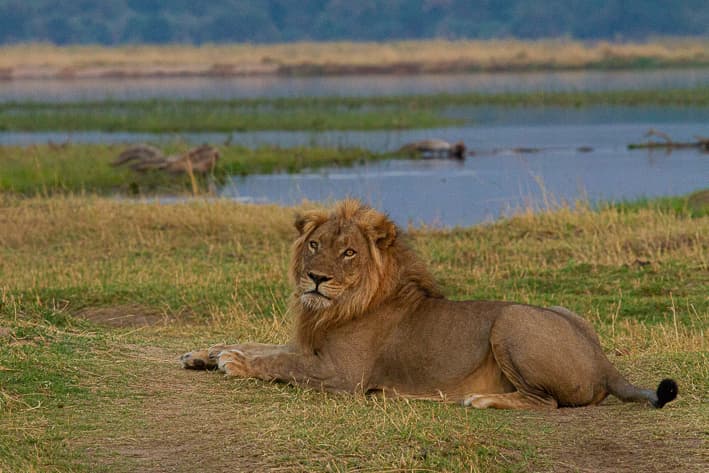
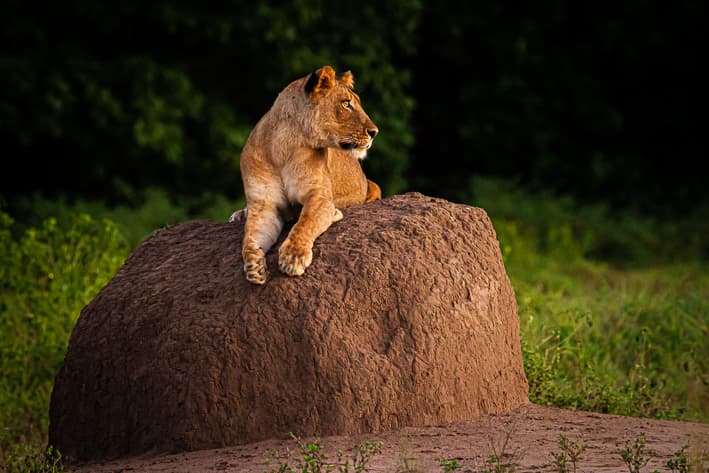
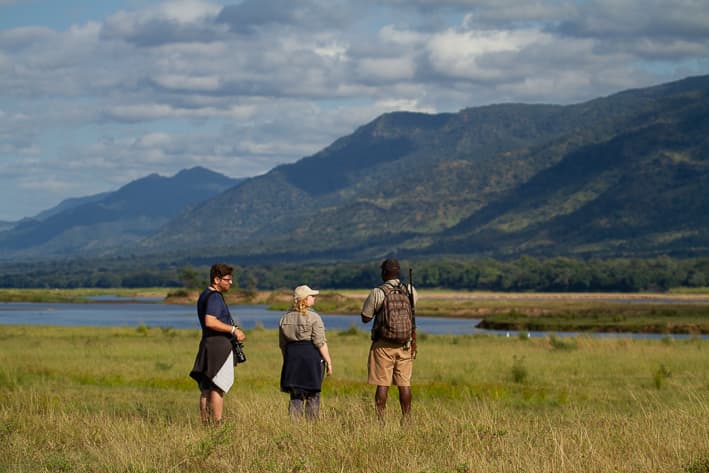
Relaxed wildlife
Thanks to the countless walking safaris and self-drive campers who have moved through Mana Pools National Park over the last few decades, the park’s wildlife has become habituated to a human presence and is used to seeing people on foot in particular. Indeed, walking safaris are one of the prime attractions at Mana, and it’s not unusual to see elephants just a few meters from people as they are incredibly relaxed. They’re also famously athletic and have developed a method of standing on their hind legs to reach the branches of tall trees like the winterthorn, whose curly seed pods they are particularly fond of.
Even lions and wild dogs have become accustomed to humans on foot, becoming very approachable – making walking safaris in Mana even more exciting! When it comes to the beautiful and critically endangered painted wolf, Mana is fortunate enough to have several well-documented packs that have been the subject of considerable research over the years. It is possible to go out tracking these impressive predators, getting the chance to view them at extremely close quarters.
Mana’s huge elephant herds move regularly between the park and Zambia’s Lower Zambezi National Park on the northern banks of the river. This makes for some fabulous sightings of breeding herds swimming across the river, pausing on grassy islands to graze. Buffalo are also present in large numbers and can often be seen on the wide floodplains, along with herds of zebra, kudu, eland, impala and a wide variety of antelope species. Leopard and wild dog are also regularly seen, as are the several prides of lion that call the park home.
The park is a birder’s paradise, offering a wonderful mix of waterfowl along the river’s edge and on the islands that dot its course as well as raptors like the beautiful African fish eagle and large colonies of both white-fronted and carmine bee-eaters, which nest in the sandy banks.
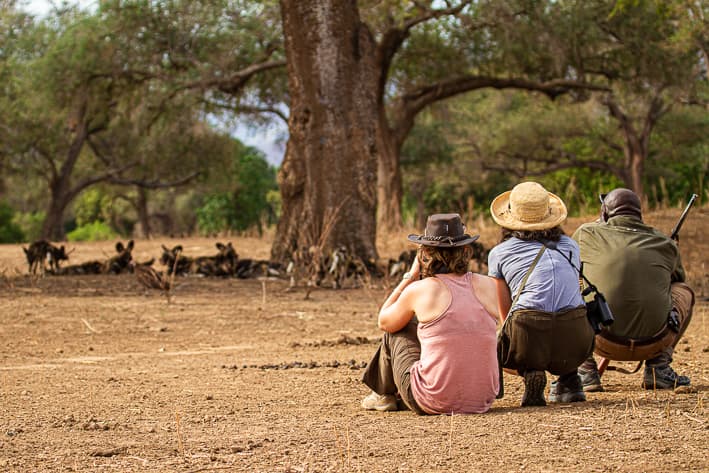
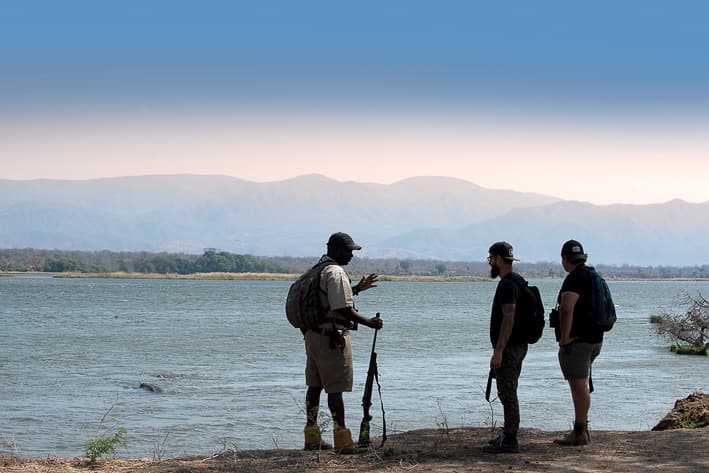
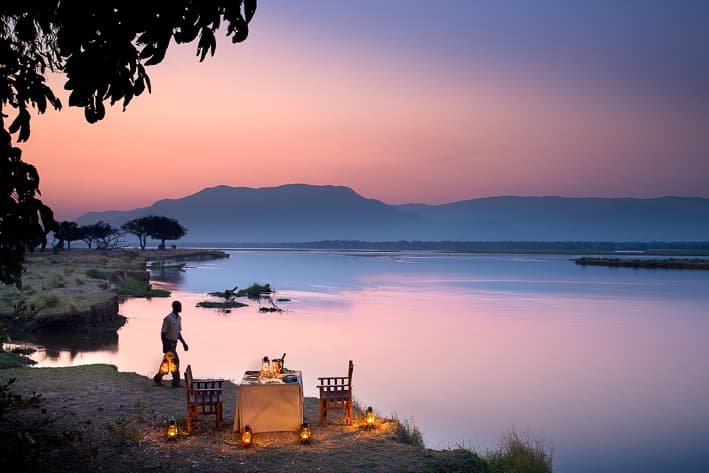
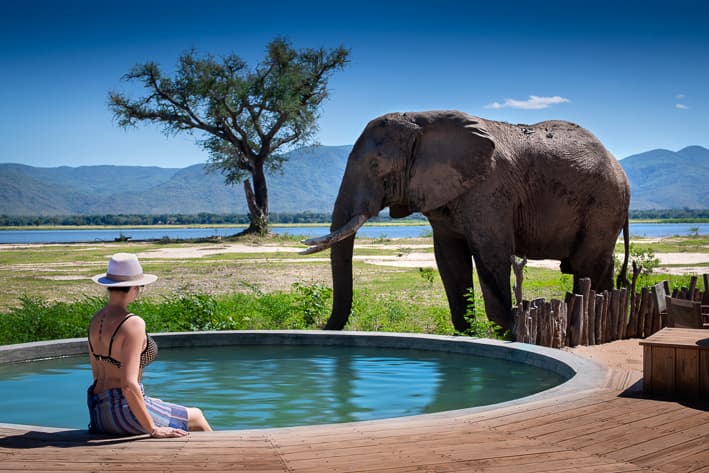
When to go and where to stay…
Mana Pools closes during the rainy season each year, thanks to its thick, black cotton soil that makes it impossible to navigate by vehicle. While it is still possible to canoe and walk at this time of year, it’s not recommended because of the heat, which can be almost unbearable.
The dry season, traditionally from April to October each year, is the best time to be in Mana, although it has to be said that by October the mercury is starting to climb to the high 30s (100 deg F and above) and even low 40s. If you can handle the heat, October is absolutely the best month for game viewing! It’s also the perfect time to be out on the water, canoeing along the Zambezi, or on a river-based safari. You can even try your hand at fishing for the famous “water dog” – the tiger fish!
On the river, you’ll get spectacular sightings of hippos, crocodiles, and water birds like jacana, egrets, herons, kingfishers, and storks. You’ll also see animals coming down to drink and elephants bathing and swimming.
When it comes to accommodation options, we love the smaller, expedition-style camps that offer an immersive, authentic Mana Pools experience and some of the best guiding in Zimbabwe. Camps like Zambezi Expeditions, Nyamatusi, Nyamatusi Mahogany, and Kanga Camp are highly recommended in this respect.
Get in touch to talk about a safari to Mana Pools and let’s explore your options!

